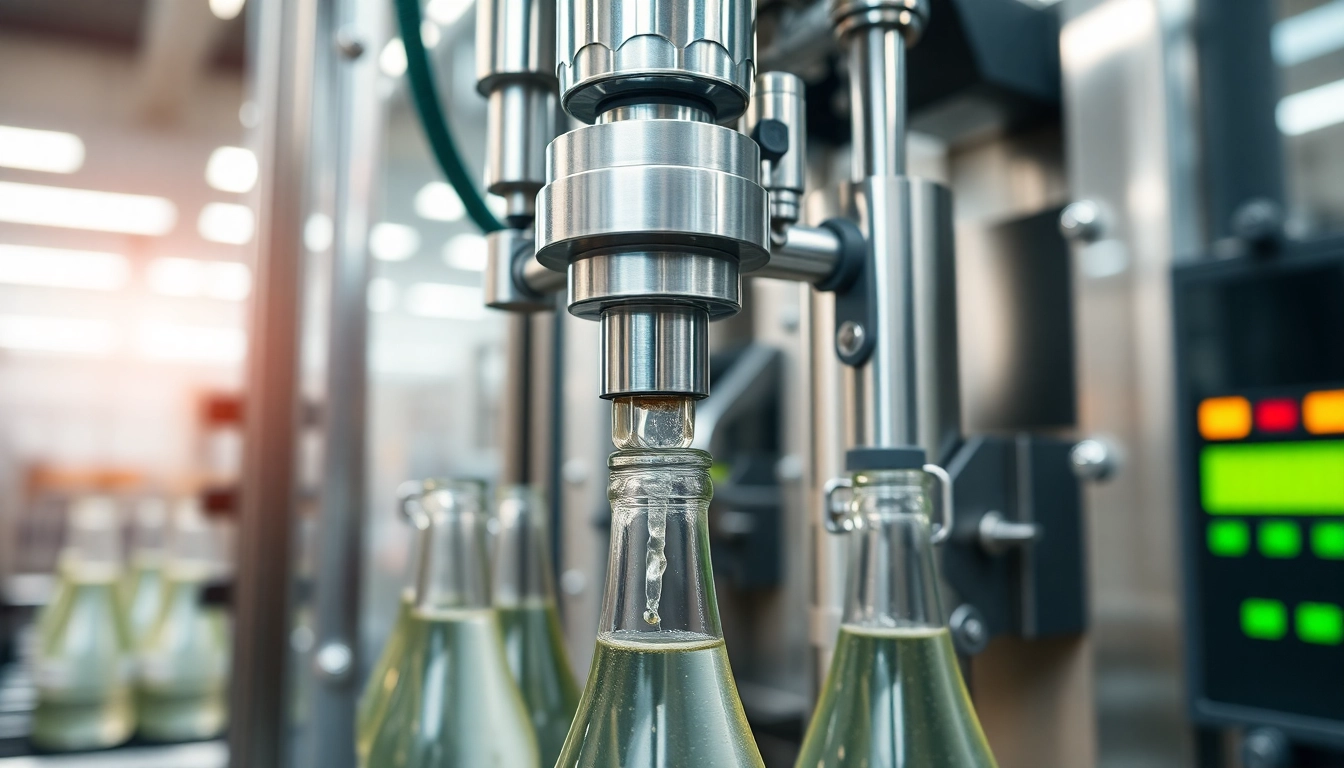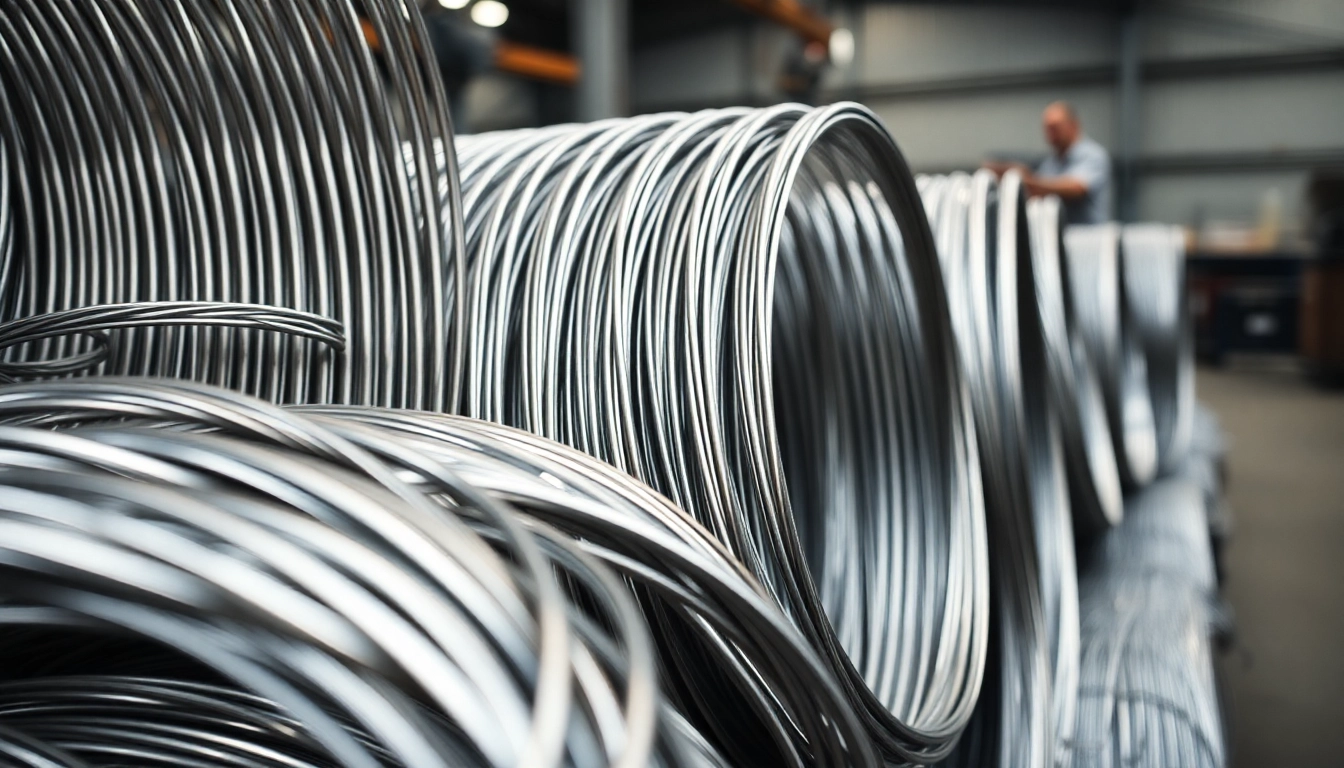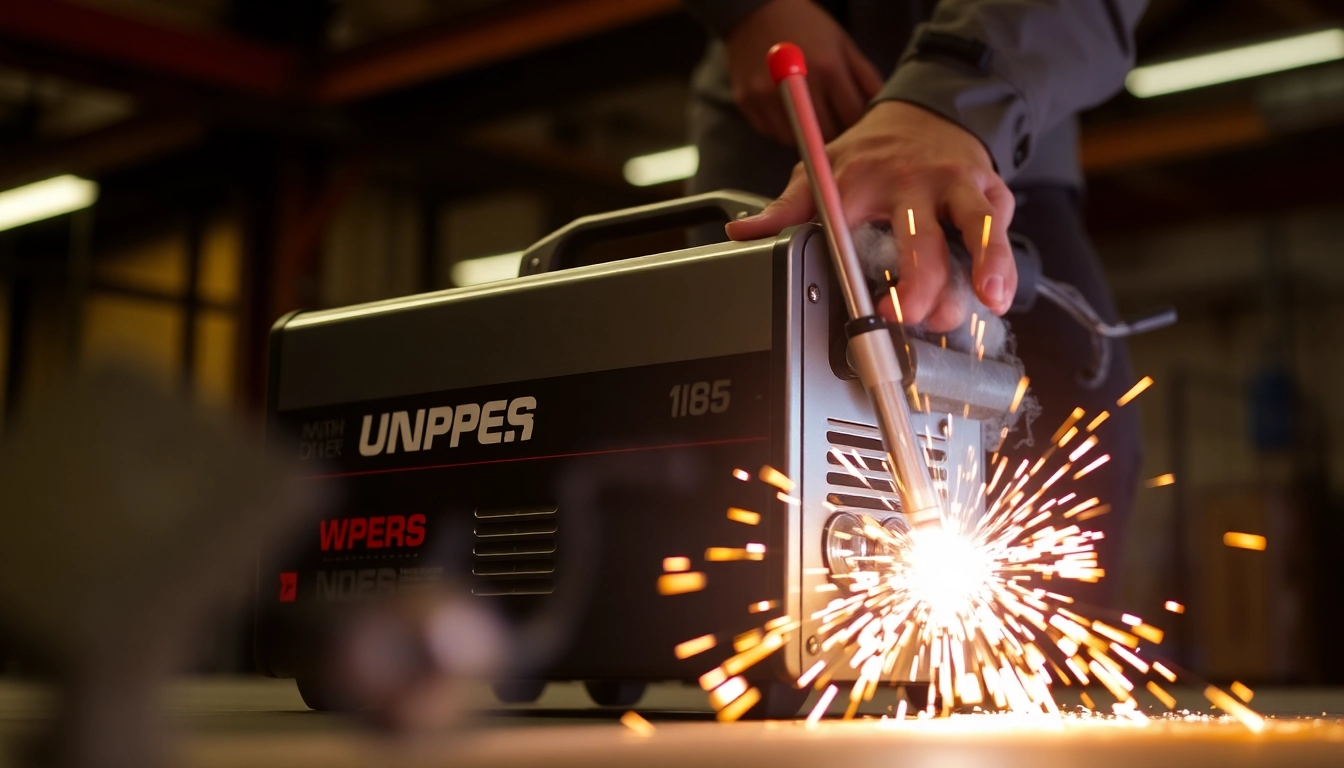Understanding Filling Machines
What Is a Filling Machine?
A filling machine is a specialized piece of equipment used in various industries to fill containers with specific products, ranging from liquids and powders to solids. It is an essential component of the packaging process, ensuring that products are accurately dispensed into bottles, jars, or other types of containers with minimal waste and maximum efficiency. The Filling Machine is crucial for businesses looking to streamline their production lines, enhance reliability, and maintain consistency in product volume.
How Filling Machines Operate
Filling machines operate based on several mechanisms, each tailored to different types of products. The basic operation of a filling machine involves the following key steps:
- Product Supply: The filling machine is connected to a source of the product, which can be gravity-fed, pump-fed, or vacuum-fed depending on the type of filling mechanism employed.
- Filling Mechanism: There are multiple filling mechanisms including volumetric, gravimetric, and pneumatic systems. Volumetric fillers dispense a predefined volume of material; gravimetric fillers measure weight before dispensing; while pneumatic systems utilize air pressure to control the flow of liquids or solids.
- Container Positioning: The containers to be filled are positioned under the filling nozzles either manually or automatically, depending on whether the filling machine is manual, semi-automatic, or fully automatic.
- Dispensing: Once the container is in place, the machine actuates the filling mechanism to dispense the predetermined volume of product into the container.
- Sealing and Labeling: After filling, containers often undergo a sealing process to ensure product integrity, followed by labeling to provide necessary product information.
Benefits of Using Filling Machines
Incorporating filling machines into production processes offers a range of compelling benefits:
- Increased Efficiency: Filling machines greatly enhance the speed of the filling process, allowing for higher production rates compared to manual filling methods.
- Consistency and Accuracy: Automated filling reduces the variability in filled volumes, ensuring that each container is filled with the exact amount of product, which is vital for maintaining quality and meeting regulatory requirements.
- Labor Cost Savings: Automating the filling process reduces reliance on manpower, thereby lowering labor costs in the long run.
- Flexibility: Many filling machines can be easily adjusted or modified to handle different packaging formats or product types, making them a versatile asset for manufacturing.
- Safety and Hygiene: Automated systems minimize human contact with manufacturing processes, thereby reducing the potential for contamination.
Types of Filling Machines
Manual vs. Semi-Automatic vs. Fully Automatic
The choice of filling machine largely depends on the scale of production and the specific needs of a business. The types can broadly be categorized as follows:
- Manual Filling Machines: These require human intervention for operation and are typically used for low-volume production or specialized products. They are cost-effective but can lead to inconsistencies in filling.
- Semi-Automatic Filling Machines: These machines automate parts of the filling process but still require some manual input. They strike a balance between labor and automation, making them suitable for medium-scale operations.
- Fully Automatic Filling Machines: These machines operate with minimal human supervision, handling everything from filling to sealing and labeling. They are ideal for high-volume production lines where efficiency and consistency are paramount.
Common Applications for Different Types
Filling machines are used across a myriad of applications, catering to different industries:
- Food and Beverage: From liquids such as juices and sauces to dry powders and grains, these filling machines serve the diverse needs of food packaging with precision.
- Cosmetics: Filling machines are crucial in dispensing creams, lotions, and other beauty products without contamination or spills.
- Pharmaceuticals: Accurate dosing is critical in the pharmaceutical industry, making filling machines essential for products such as syrups and powders.
- Chemicals: These machines can fill corrosive or hazardous materials safely, ensuring compliance with safety regulations.
Choosing the Right Type for Your Business
Selecting the suitable filling machine hinges on several factors:
- Production Volume: High-demand businesses should consider fully automatic machines for maximum efficiency, while smaller operations may opt for manual or semi-automatic devices.
- Product Characteristics: Choose a filling machine that accurately matches the viscosity, flow characteristics, and package type of the product.
- Budget Constraints: Factor in both initial investment and long-term operational costs when deciding between different types.
Key Features to Look For
Precision and Speed
When evaluating filling machines, precision and speed are paramount. A machine that offers adjustments for different volumes allows for better control over the filling process. Moreover, quick filling rates can significantly improve production efficiency, reducing the time and cost per unit processed.
Ease of Use and Maintenance
A user-friendly interface is essential for efficient operation, enabling operators to quickly learn and manage the equipment. Additionally, machinery that is easy to disassemble allows for straightforward cleaning and maintenance, crucial for minimizing downtime.
Technology Integration and Upgrades
Modern filling machines often incorporate sophisticated technology, including sensors and automation software that can be integrated with existing production lines. Look for machines that can be upgraded over time, ensuring longevity and adaptability as production requirements change.
Cost Considerations and Budgeting
Initial Investment vs Long-Term Savings
The initial cost of a filling machine can vary widely based on its automation level, brand, and features. While it might be tempting to choose the cheapest option, consider the long-term savings associated with efficiency and reliability. The higher upfront investment in a fully automatic machine can often lead to substantial savings over time through reduced labor and waste.
Understanding Total Cost of Ownership
Total cost of ownership (TCO) accounts for all expenses related to the machine throughout its lifecycle, including purchase price, maintenance, repairs, and operational costs. Evaluating TCO helps businesses make informed decisions, ensuring that they not only invest wisely but also optimize their operational budgets.
Financing Options for Small Businesses
For small businesses facing budget constraints, several financing options are available, including leasing, loans, or financing directly through the equipment provider. Exploring these alternatives can make purchasing high-quality filling machines more feasible.
Best Practices for Maximizing Efficiency
Regular Maintenance Routines
Routine maintenance is critical to the longevity and reliability of filling machines. Regular checks and services can prevent unexpected breakdowns and ensure the machine operates at peak efficiency. Establish a maintenance schedule that includes cleaning, lubrication, and inspection of vital components.
Operator Training and Safety Protocols
Comprehensive training for machine operators is essential for maximizing efficiency and ensuring safety. Operators should be familiar with all machine functionalities, troubleshooting procedures, and safety protocols. Investing in skilled personnel enhances productivity and minimizes risks associated with machine operation.
Adapting to New Products and Packaging Formats
The ability to adapt to changing market needs is crucial for sustained success. Filling machines that offer quick changeovers for different container sizes or product types can help businesses remain agile and competitive. Developing standard operating procedures (SOPs) for product changes enhances flexibility.



